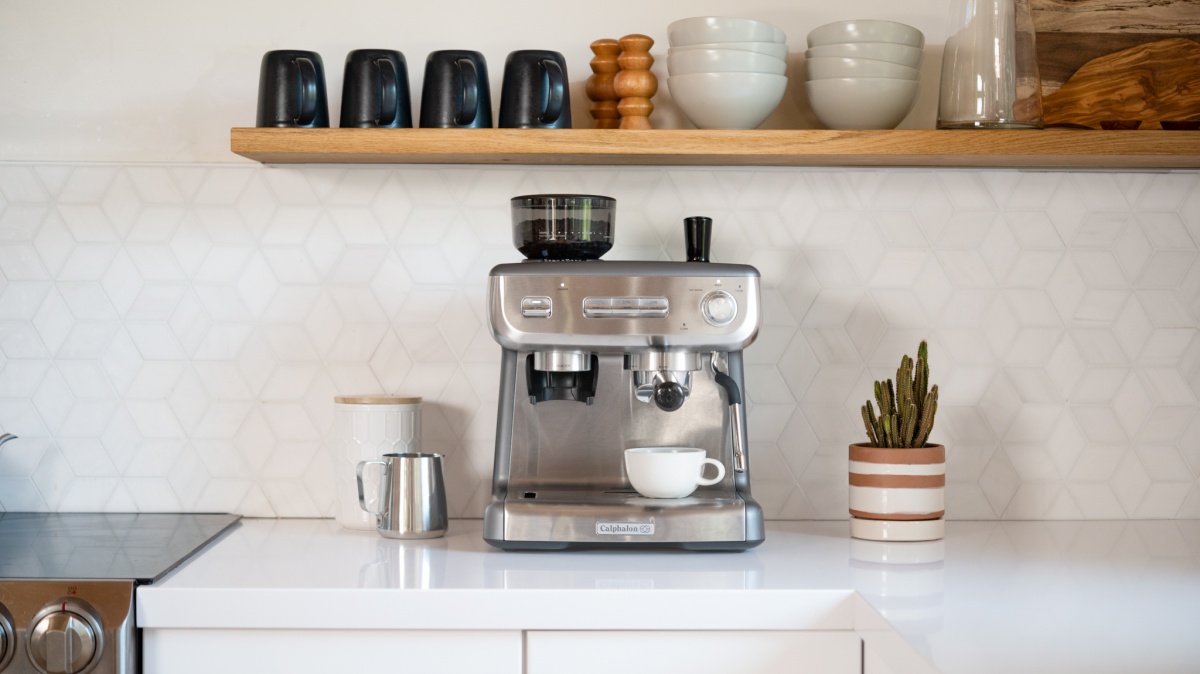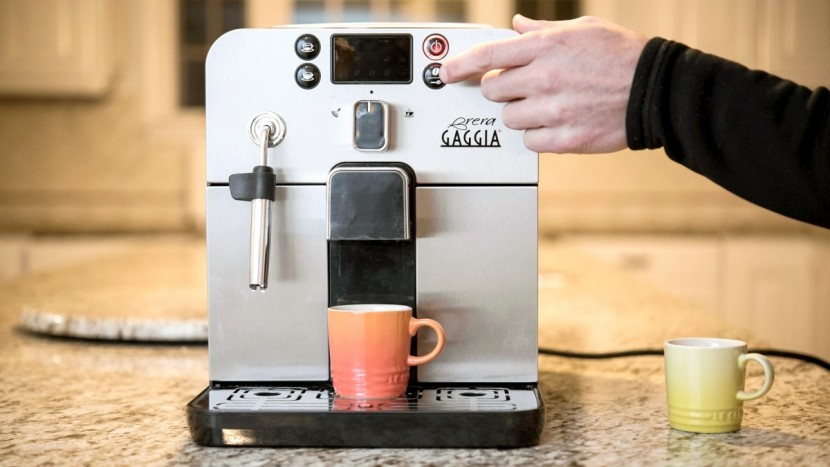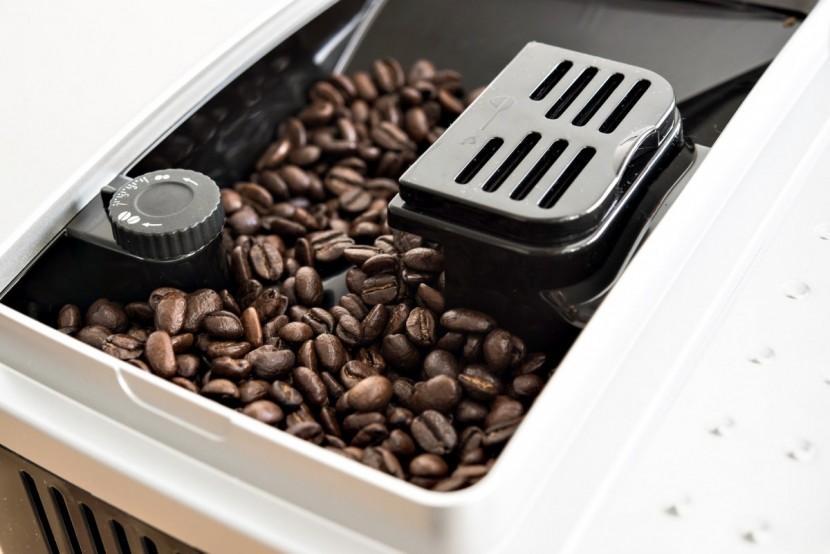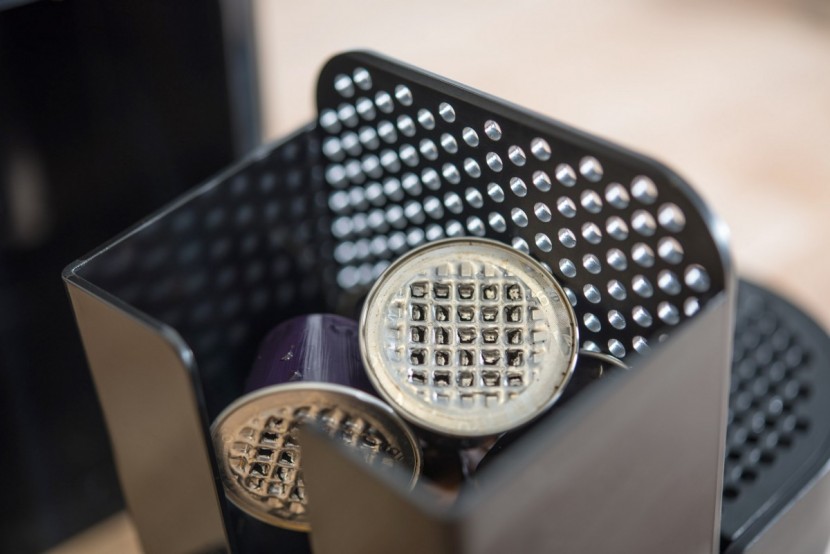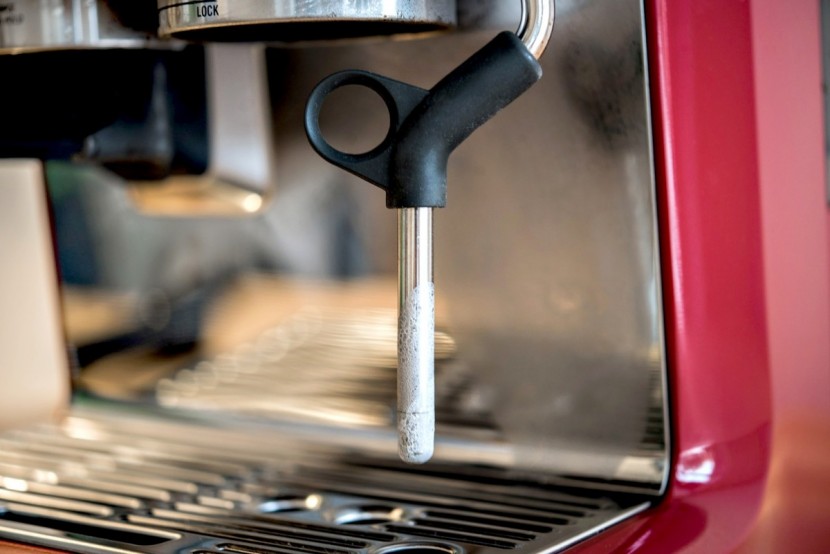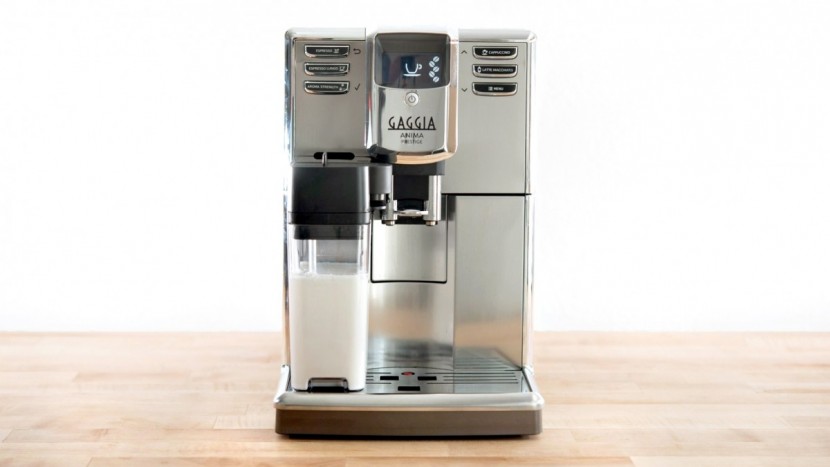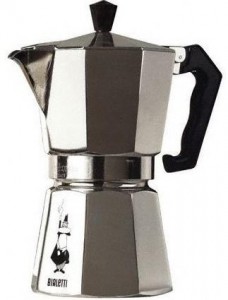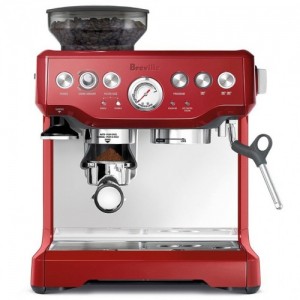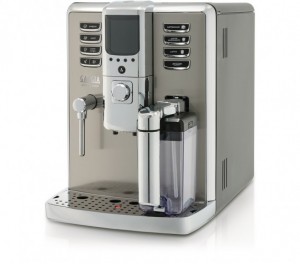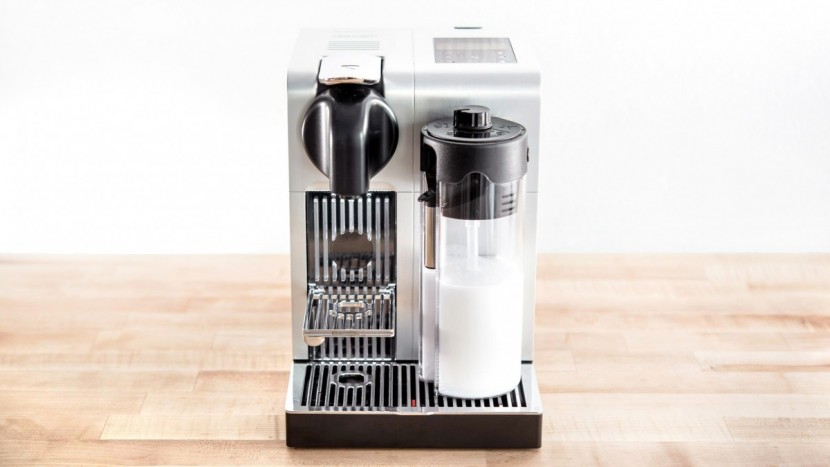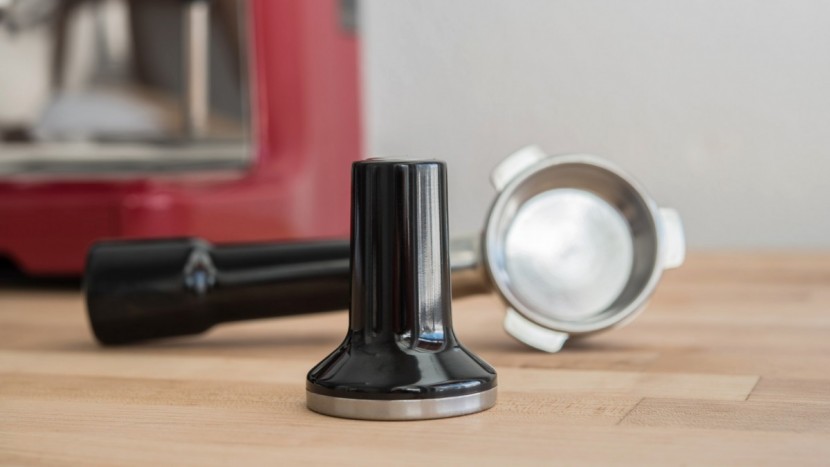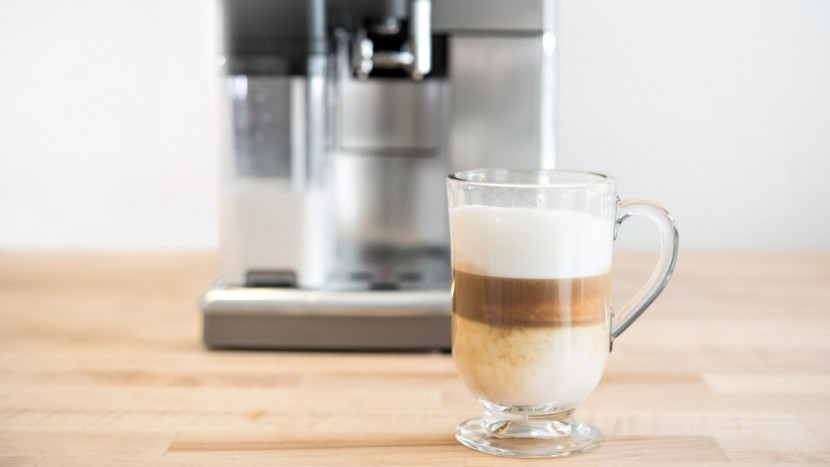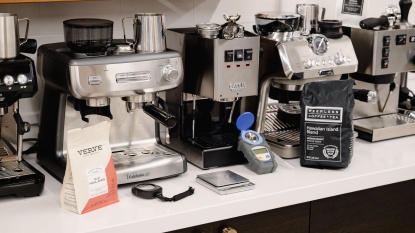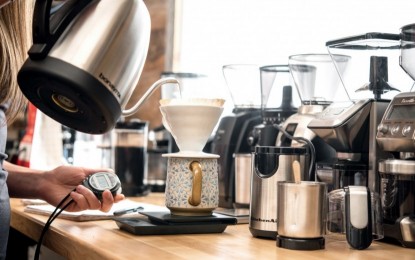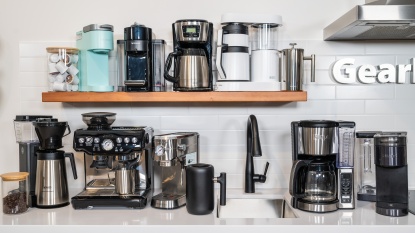In the past few decades, big chains and independent cafes alike have become hallmarks of almost every town and city. With this grandiose presence of artisanal coffee, it is nearly a miracle if you have not developed a taste for espresso drinks. Seeing as specialty coffee isn't cheap, and the lines at the cafes are getting longer, it is very tempting to brew espresso at home. As you may know, making espresso is more complicated than pouring hot water over coffee grounds. Furthermore, the machinery required to make your favorite drink can be somewhat intimidating. But, no need to stress because we put together a step-by-step guide that can help lead you to your dream machine. We've also summarized some of the finer points of making espresso, so get ready to impress your friends with your barista skills.
What Exactly is Espresso?
Despite its popularity, there are still several widespread misconceptions about this magical elixir. Although classically defined by the degree of roast, espresso can be any single-origin or coffee blend roasted light or dark. Espresso is not defined by a particular coffee bean but is instead a term for the method of brewing.
Preparing espresso requires a few key components, with the trifecta being time, temperature, and pressure. To make espresso, coffee is first ground very fine and packed into a portafilter. The portafilter fits into a group head. Hot water comes out of this group head at 9-10 bars of pressure and around 195-205 degrees Fahrenheit for 20-30 seconds, making what we notoriously refer to as espresso. Espresso is essentially cascading layers of coffee concentrate, with crema being the top layer. Only a properly prepared espresso will achieve crema. The quality of crema indicates both the barista's skill and the freshness of the coffee. Espresso in its pure form is a delicacy to the enthusiast, which can then get paired with various ratios of steamed milk for lattes, cappuccinos, cortados, and macchiatos.
Choosing the Right Espresso Machine
Step 1: Convenience or Quality? Super-Automatic vs. Semi-Automatic
When buying a home espresso machine, the most significant decision is choosing between a super-automatic or a semi-automatic machine. The fundamental difference between these two categories is that super-automatic machines are foolproof, doing everything automatically at the touch of a button. In contrast, semi-automatic machines require you to do all the grinding and tamping and milk steaming manually.
Super-automatic machines are for those that place a premium on convenience and want an easy, no-fuss way to make home espresso. With their single-button functionality, adding one of these machines to your morning routine takes zero extra brainpower. Also, if you have guests, you can generally teach them to use the machine in under a minute. The sacrifice you make here is taste. We found super-automatic machines can brew some pretty good espresso. Still, the shots are more watered down, falling short of the rich, full-bodied espresso possible from a semi-automatic machine. Bottom line: these machines are quick, easy, and even tasty, but they're not going to match the quality of your favorite local coffee shop.
Semi-automatic machines require a bit more labor and have a slight learning curve compared to the super-automatic models. To make espresso on a semi-automatic machine, you must first manually grind and tamp coffee and fit the portafilter into the espresso machine before starting the brew cycle. This might sound complicated, but it's relatively simple, especially after just a bit of practice. It could take pulling 10-20 shots to feel proficient in all of these new skills, but it quickly becomes second nature. We've found that if you invest in a nice semi-automatic machine, this extra effort will reward you with much better tasting espresso. Semi-automatic machines also give you the option of experimenting with grind size and the amount of coffee used so that you can play around with the subtleties of espresso. These machines are better for those who enjoy the ritual of coffee making and want to put in a little more effort to improve flavor.
Step 2: To Pod or Not to Pod, is Nespresso Right For You?
Nespresso machines fall within the super-automatic genre and utilize a single serving capsule system, similar to the Keurig coffee makers. These capsules are often referred to as pods and nearly eliminate clean-up and make it easy to switch between types of coffee quickly. Their biggest obvious downside is cost. Making a shot with one of these capsules can be as much as double the cost of making a shot from freshly ground beans.
Are Those Capsules Bad For the Environment?
On top of extra cost, many users are concerned about the environmental impact of producing all those tiny capsules. Nespresso does offer a free recycling service, however, it is not clear how many users participate in this recycling program. Some people feel that buying into this capsule system is buying into a system of unnecessary waste. Additionally, recycling is not a 100% efficient process, so it is still better not to produce recyclable waste in the first place. The good news is Nespresso's efforts in sustainable packaging and sourcing are continually growing.
The greener alternative to Nespresso is a super-automatic machine that uses fresh beans. All you have to do is put whole beans in these machines, and they will grind and tamp them automatically. This method ends up being nearly as convenient as a Nespresso machine, with just a little additional clean-up (you'll have to rinse the bin where the spent grinds deposit). Since you choose the coffee going into these machines, you have the freedom to select ethically and sustainably sourced beans without the worry of buying into a system that creates extra waste.
Step 3: Got Milk?
Suppose you're not into straight shots of espresso. In this case, you'll want to add steamed milk to make a cortado, cappuccino, or latte. These espresso drinks require a device for steaming milk. The machines we reviewed range from no milk-steaming capabilities to automatic milk frothers to cafe-style steam wands.
Nespresso machines are the most likely not to include a milk frothing device, though there are exceptions. For machines without frothing capabilities, you can buy a stand-alone milk frother. However, these little devices require some scrubbing and cleaning after each use. While this isn't particularly arduous, it detracts from the convenience of pod capsule machines. They also tend to create very frothy, foamy milk. Some people love this texture, particularly those with an affinity for dry cappuccinos. Still, it is much different than the creamy, more finely textured microform that specialty cafes favor. You'll need a proper steam wand and a little bit of practice to achieve that.
In general, we found machines with built-in automatic frothers the easiest to use. Stand-alone milk frothers are also easy to use but slightly harder to clean. Steam wands produced the best milk in our testing but required the most effort with a bit of a learning curve. However, if you want anything close to latte art quality milk, you'll have to use a steam wand.
Step 4: Consider Ease of Cleaning
Cleaning will probably be your least favorite part of owning an espresso machine. In our ease of cleaning metric, we evaluated daily and long-term cleaning requirements. Daily requirements consist of tasks like emptying drip trays and wiping down steam wands. The long-term cleanings include descaling, the process of flushing out mineral buildup. Descaling is only done every few months depending on the usage and hardness of your water, so it should factor into your decision less than daily cleaning.
Generally, we found models that use capsules to be the easiest to clean when making espresso. Adding a separate milk frother increases clean-up significantly. If you habitually use milk, clean-up will be much easier on a super-automatic machine with a built-in automatic milk frother.
Step 5: Don't Forget a Coffee Grinder
Many of the models we tested either have a built-in grinder or use capsules that negate the need for grinding. If you end up going with a machine that doesn't include a grinder, you'll need to get one. Espresso tastes much better with freshly ground beans. You won't want to skimp on the grinder either, as a sub-par grind will make poor tasting espresso, no matter how good of a machine you have. We would recommend a quality burr grinder, like the Breville Smart Grinder Pro.
If you're looking to buy a separate grinder for your espresso machine, make sure it is suitable for espresso. Espresso grinders will have a wide range of fine, espresso-worthy grind sizes. Experimenting with grind size is a great way to improve your espresso-making. Avoid grinders that call their smallest grind size “espresso”. This likely means the smallest grind it can produce is just small enough to be considered espresso worthy. But if the “espresso” grind doesn't work well in your machine, then you're SOL. Case in point, we love the OXO Burr Grinder but couldn't pull a decent shot even with the help of our professional barista.
Types of Espresso Machines
There are several different methods to create the high pressure required to extract the perfect shot of espresso. However, these various methods result in a wide range of success and complexity.
Stovetop Espresso Makers
Manual Espresso Makers
Semi-Automatic Espresso Machines
Super-Automatic Espresso Machines
Single Serving Capsule Espresso Machines
Which Milk Device Do You Want?
Milk quality is just as crucial as espresso quality for those trying to recreate third-wave specialty lattes at home. There are two schools of thought regarding milk prep for espresso drinks: some wet and some dry. Wet or steamed milk generally has only tiny 'microfoam' bubbles, resulting in very smooth and creamy quality milk for lattes. Dry textured milk has big bubbles, resulting in very foamy milk. This kind of milk tends to top off a dry cappuccino.
Steam Wand
Steam wands are the most capable device for milk prep in the world of espresso drinks. They are also the only tool that creates the luscious, creamy microfoam that most people associate with cafe-quality drinks. They can also make the super airy foam for a dry cappuccino. Steam wands are certainly the hardest milk prepping tool to use. However, once you master the technique, sticking the steam wand in a pitcher of milk and producing the perfect texture is super satisfying.
Milk Frother
Stand-alone electric milk frothers boast a very convenient functionality and excel at making fluffy milk foam. Most also have a heating function for those that don't like super dry foam, but in general, these machines do not create the creamy microfoam that many people are seeking.
Automatic Milk Frother
Some of the machines we tested have built-in, automatic milk frothers. These devices automatically heat and froth the right amount of milk for the drink you want and mix it with the espresso, all at the push of a button. These frothers are about as easy to clean as stand-alone models. Most have a milk tank that can be removed from the espresso machine and stored in the fridge, negating the need for cleaning after each use. Automatic milk frothers are the most convenient route for prepping milk, but they tend not to create creamy microfoam. Therefore these frothers are best for people that like their milk on the dry side.
What's the Deal With Those $4000 Machines?
Many machines on the market in the $4000 price range are advertised as 'prosumer,' essentially because they sit between the sub $1000 price point of consumer machines and the $10,000+ price point of professional machines. So what advantages do these types of machines provide over their less expensive brethren? And is it worth the extra price?
Pressure Profiling
Pressure profiling has been getting a lot of press in the coffee world. It is one of the main advantages of these super expensive machines. Pressure profiling essentially allows a slow ramp-up to full pressure in the extraction process, followed by a slow decrease. The result of pressure profiling is a more uniform extraction, as the grinds settle evenly as the pressure ramps up. Pressure profiling lowers the chance of channeling. Channeling creates an uneven extraction because water pulls to one side or the other in the brewing process. It is usually an indication of a tamping error resulting in thin-bodied and weak-tasting espresso.
Some less expensive machines, namely the Breville models that we tested, use a pre-infusion feature that attempts to mimic the effects of pressure profiling. However, this isn't true pressure profiling and usually is done in two distinct stages, one low pressure to start and then a big burst to full brewing pressure. While this can still help avoid some channeling problems, it isn't as effective as proper pressure profiling.
Dual Boiler
The other feature that sets these more expensive machines apart is a dual boiler system. Having two boilers gives both the brew head and the steam wand their own dedicated hot water supplies. The dual boiler allows you to brew espresso and steam milk simultaneously without any loss of performance. Adding milk protects the espresso from oxidizing, so it is ideal to steam milk while the shot brews and add it right away to improve overall taste quality. Conversely, milk that sits out loses its creaminess and texture. We tested only one machine that offers a dual boiler (and it's not $4K!), the Breville Dual Boiler.
We were able to pull a shot and simultaneously steam milk with some of the less expensive machines we tested, namely the Gaggia Classic, and get decent results. However, it does mean you lose a little bit of power in the steam wand, so it is noticeably inferior to a dual boiler.
Espresso Lingo and Terminology: Sound Like a Pro
With the world of espresso comes the language of coffee. Espresso terminology can be confusing at first. We compiled some of the most common terms here to make your path from novice to home brewmaster a bit easier.
Tamp
Tamping or 'to tamp' refers to the action of packing ground coffee into the portafilter with a tamper to create an even brewing surface.
Tamper
A tamper is a small circular press that fits into the portafilter to pack coffee grounds.
Portafilter
A portafilter (think portable filter) looks kind of like an ice cream scooper. The portafilter fits inside the group head for brewing. It has a handle on one end and a circular brew basket on the other. Some portafilters come with a splitter so you can divide your shots evenly. A bottomless portafilter (a.k.a. naked portafilter) does not have a splitter; instead, the underside is open so you can check for channeling in the extraction.
Filter Basket
Filter baskets are small filters placed within the portafilter. Depending on how much espresso you're making, some semi-automatic machines come with multiple filter baskets. There are different size baskets for single shots, double shots, and blank disks for the cleaning cycle.
Group Head
A group head is the part of the espresso machine that holds the portafilter. It is a metal, permanent attachment that brings water out of the machine and into the filter basket.
Crema
Crema is the light brown, slightly foamy layer that appears at the top of a freshly brewed espresso shot. It is often lauded as a sign of a great shot as it indicates fresh beans with a good content of fats and oils. Crema is the result of proper technique in grinding, tamping, and extracting espresso.
Milk and Foam
When it comes to espresso drinks, milk preferences are evolving. Today, most specialty shops favor very creamy, slightly sweet, gently aerated milk for all of their drinks. Most refer to milk steamed this way as microfoam. Some more classic styles call for very frothy, foamy milk. The best example of the difference between the two styles is the modern-day cappuccino. Third-wave cafes would make a cappuccino with a double shot of espresso and about 4 ounces of creamy, aerated milk. A dry or classic cappuccino would be a double shot, 2 ounces or more of creamy aerated milk, and 2 ounces of fluffy, foamy milk on top.
Types of Espresso and Espresso Drinks
Espresso is prepared in several different ways, each providing subtle differences in taste and texture. Adding different types and amounts of texturized milk creates a slew of drinks. We'll give a quick rundown so you can get the terminology right.
- Single-shot: one shot of espresso, normally about 1 fluid ounce
- Double-shot: double the amount of a single shot, the base for most espresso drinks
- Ristretto: a slightly more concentrated shot of espresso, usually around ⅔ of a fluid ounce
- Lungo: also referred to as a long shot, a slightly watered down shot that is about 2 fluid ounces but uses the same amount of coffee beans as a single shot
- Americano: a double shot added to hot water; this essentially waters the espresso down to have the consistency of a normal cup of coffee
- Macchiato: a double shot with just a dollop of steamed milk (less than an ounce); Italian for "marked with foam"
- Cortado: equal parts espresso to steamed milk, typically about a 4-ounce drink
- Cappuccino: double shot, about 4 ounces of steamed, textured milk (dry version would have half steamed milk and half foam)
- Latte: double shot, and 6-10 ounces of steamed, textured milk
Conclusion
Home espresso machines vary widely and choosing the right one comes down to a tradeoff between quality and convenience. You can get a machine that will pull a good shot at the push of a button or get a machine that will pull a great shot with a bit more required effort and skill.
For the ins and outs of all the models we tested, check out our review of espresso machines. If you want to know exactly how we determined which machines were the best, see our how we test article.
